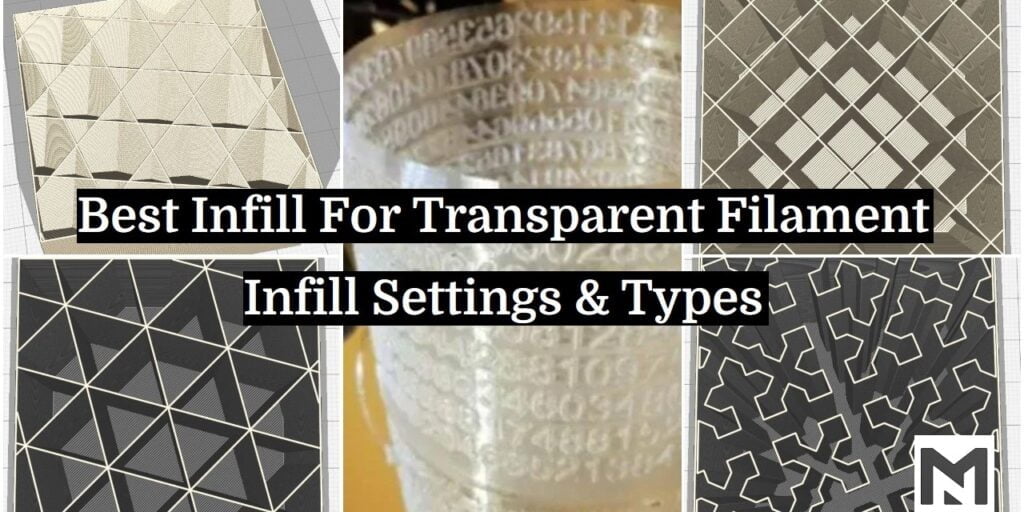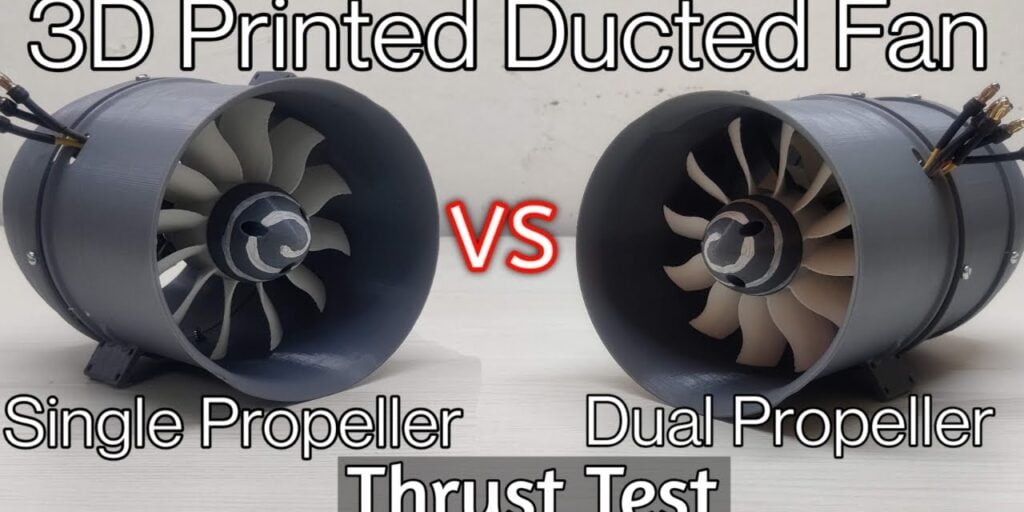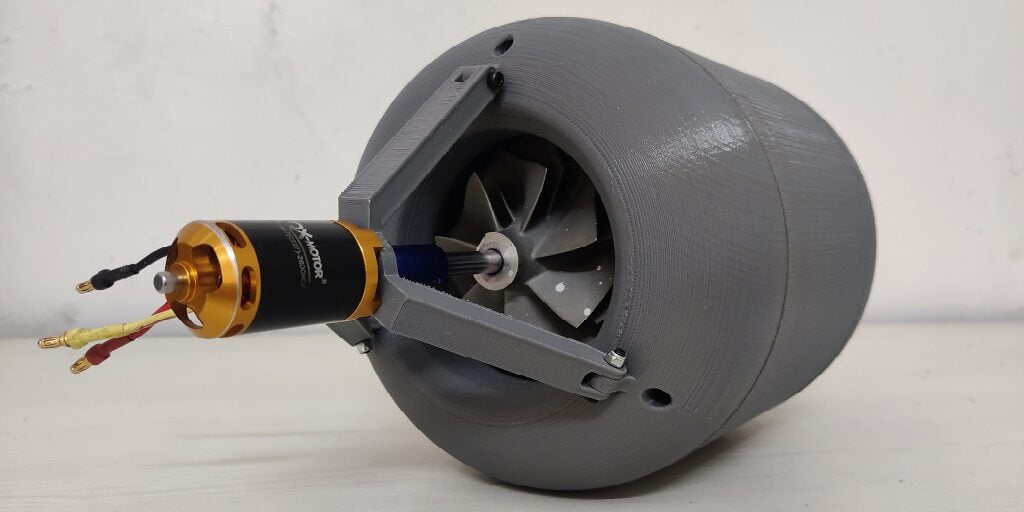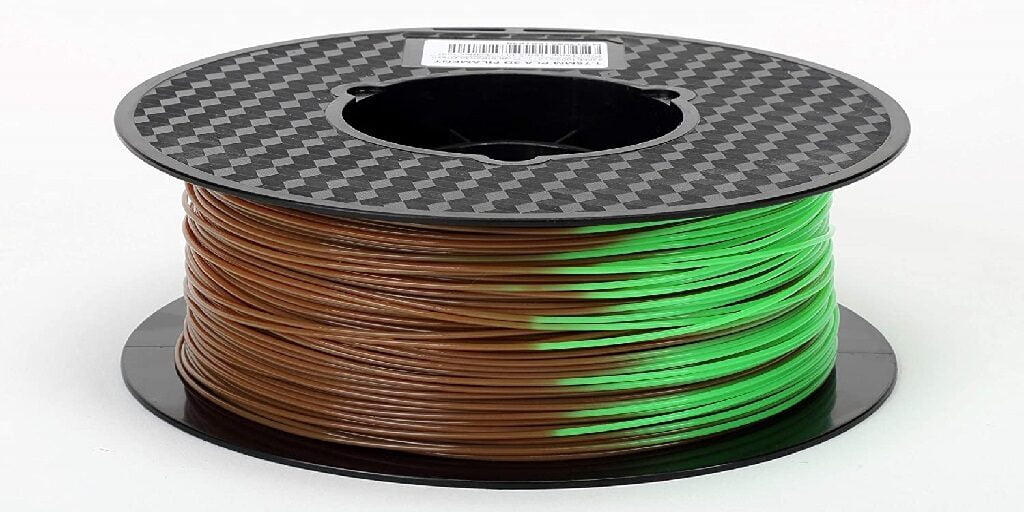To get a perfect clear transparent 3D print besides the perfect filament and printer settings a perfect infill design or pattern is also very important. The infill is the part that will drastically increase or decrease the transparency of your transparent 3D-printed object. So, after some research and experiment, we found some of the most effective best infills for transparent filament.
Which is the best Infill for transparent filament? The best infill for transparent filament is that either you go with 0%-5% infill or 100% infill, this is the proven infill percentage for the best results. You can use other patterns and designs also, the most common of them are discussed in the post below.
The 3D-printed objects are not exactly hollow from the inside. These are usually filled with interior patterns called infill. These interior structures give strength to the 3D printed models.
In this article, you will know the best infill for transparent filament, optimal printing settings, and types of transparent filaments for these infills.
In the Post:-
- Infill Density in 3D Printing
- Printer Setting For Good Results
- Best Infill For Transparent Filament
- Strong 2D Infill
- Cube
- Triangles
- Tri-Hexagon
- Quick 2D Infill
- Lines
- Zig-Zag
- 3D Infill
- Cubic & Cubic
- Octet
- Quarter Cubic
- 3D Flexible Infills
- Concentric & Concentric 3D
- Cross & Cross 3D
- Strong 2D Infill
- Transparent Filament For Best Results
- Conclusion
Infill Density in 3D Printing
The amount of material inside the 3D printed object is known as infill density. It is measured in percentage.
The greater the percentage is, the more solid and rigid the interior structure will be. The widely used infill percentage is 20% for normal filaments. It is a standardized infill density that can give medium-high strength and low weight print.
But, for transparent filaments, the recommended infill percentage is either 0%-5% or 95%-100%. This is because with the increase in the number of medium changes (filament to air or air to filament) the number of times the light is refracted gets increased and this reduces the transparency.
Printer Setting For Good Results
We can get maximum transparency if the printer is set on optimum settings.
Printing Speed
The ideal printing speed is around 15 mm per second to 20 mm per second. Slow down the speed of the nozzle traveling back and forth to get better results.
Flow Rate
The normal flow rate is 100%. Even we can take it from 105% to 107%.
A higher flow rate will refrain from water pockets to forming air bubbles inside the material. It will increase the overall transparency of the 3D model.
Nozzle Temperature
The higher the temperature, the better the chance of layers fusing together. An incremental increase of temperature by 5 degrees to get desirable results is recommended.
Bed Surface
Use a mirror-like bed surface. It will make bed lines less visible on the print. Eventually, fewer reflections increase the transparency of the 3D model.
Best Infill For Transparent Filament
There are different patterns and designs of infill available. These include the cube, triangle, and hexagon, etc. Their density and infill percentage can be set according to requirements. Let’s discuss some of the best infills for transparent filament.
Strong 2D Infill
These interior designs are most common in 3D printing. They can give strength to 3D printing models in regular prints.
Cube
These are one of the basics of interior structures that you can start your practice with. It is quite easy to print, and it shows great strength.
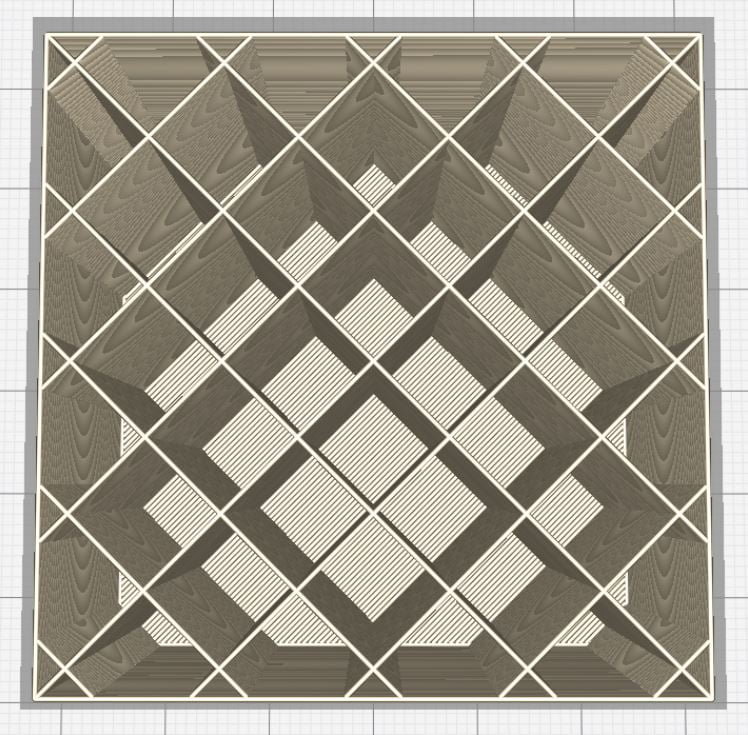
Triangles
These triangle-like inside structures are equally easy to print but with triangular shapes.

Tri-Hexagon
Tri-Hexagon is a little bit complex but gives more rigidity and strength to the overall structure of a 3D printed object. It is a combination of hexagons and small triangles.
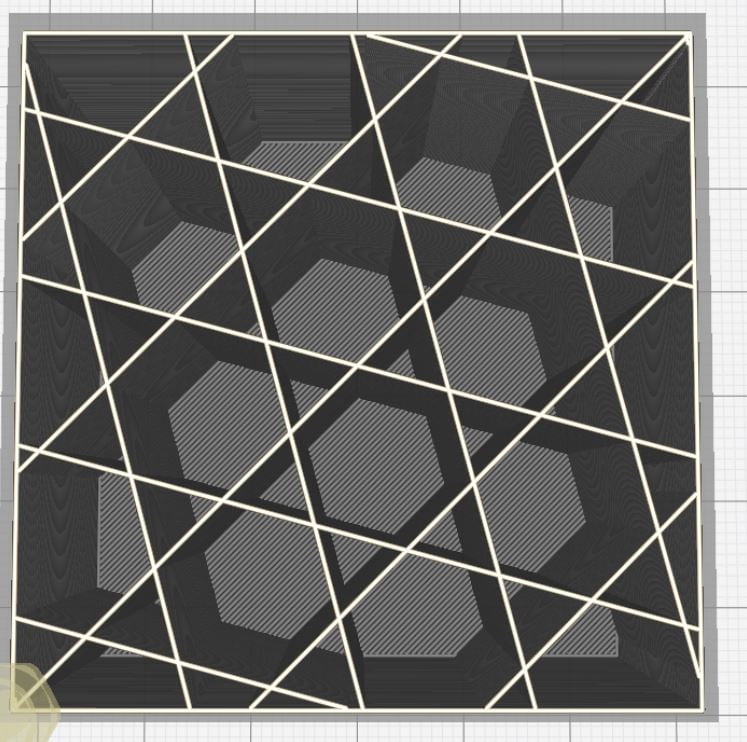
Quick 2D Infill
Quick 2D infill is similar to strong 2D infill. They provide support but are not as strong as strong 2D infill.
Lines
From the appearance, they look like small cubic structures. However, these lines intersect each other, giving a cube-like pattern. They are the quickest infill to make.

Zig-Zag
This design is a variety of lines. The lines intersect with each other and are drawn diagonally.

3D Infill
These 3D infill patterns give 360-degree strength to printed objects. Although 2D infills support the 3D print model, they may create weak points. In contrast, 3D infill strengthens the model in all directions. Three patterns of the popular 3D infills are discussed below.
Cubic & Cubic (subdivision)
These small 3D cubes give strength to object in all directions. The subdivision variation of the cubic 3D infill can save material.
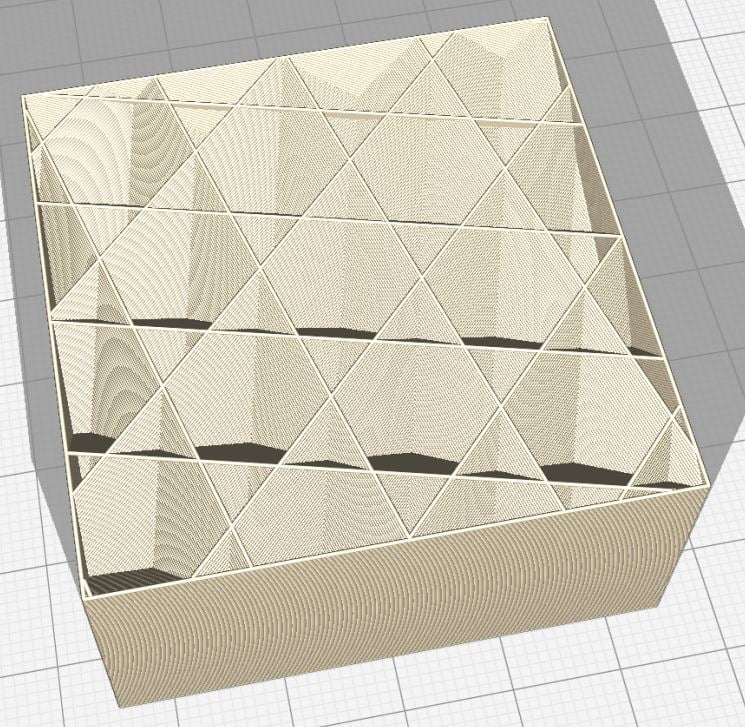
Octet
Another variation of cubic 3D infill is an octet, which also provides overall strength to the object.
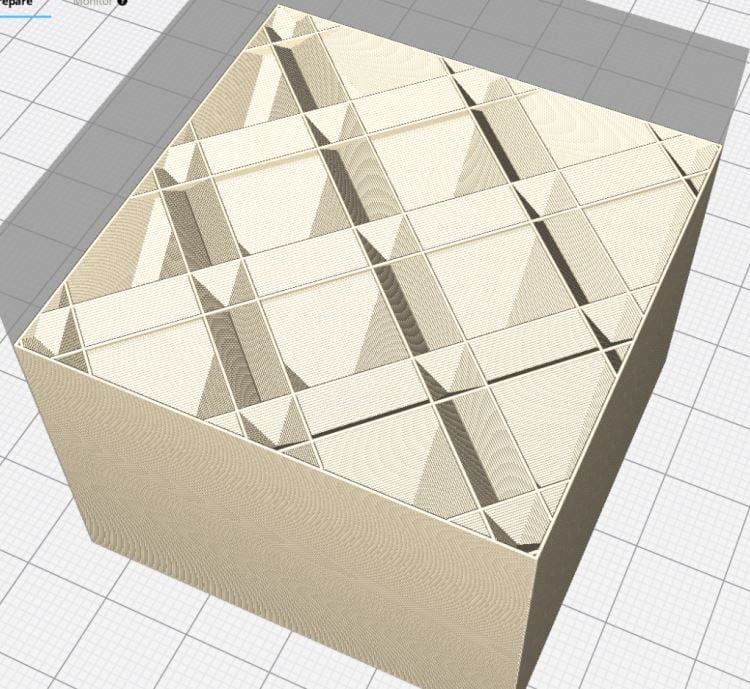
Quarter Cubic
This version of 3D equally distributes the strength in all directions inside the design.
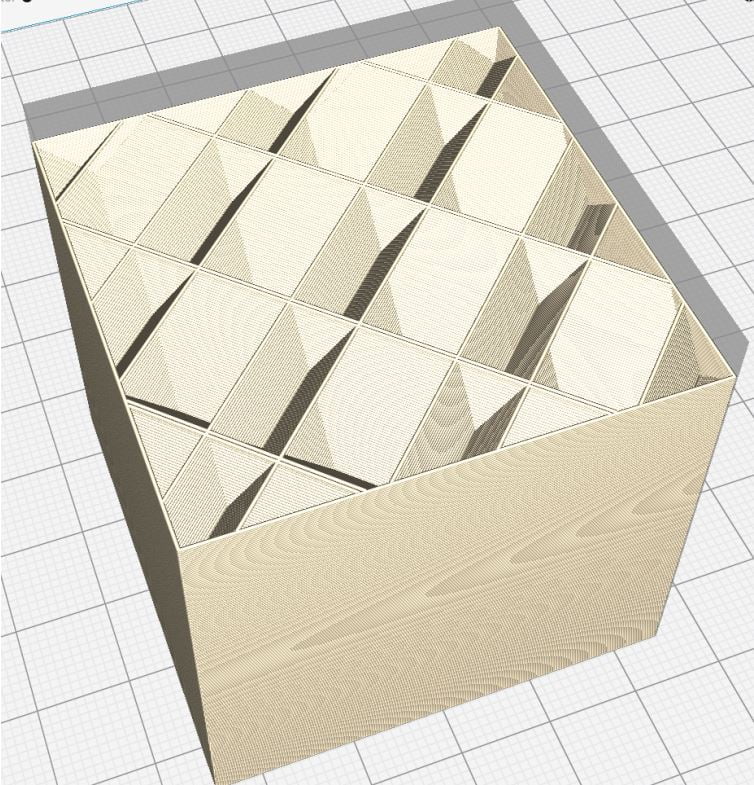
3D Flexible Infills
Such best infill for transparent filament provides strength in all directions with a great margin of flexibility.
Concentric & Concentric 3D
It is the first set of flexible infill that is not connected to the boundaries of a 3D object. Rather they are printed entirely inside the body.
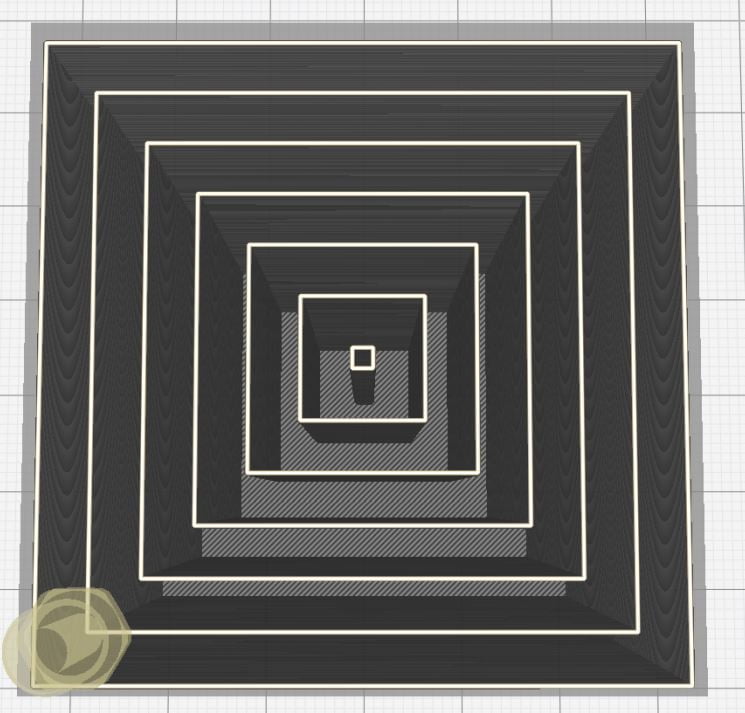
Cross & Cross 3D
These are unique variations of concentric 3D infill. They are not really interconnected and give great flexibility and strength.

However, all the best infill for transparent filament mentioned above require a specific infill percentage and printer settings. So let’s explore them.
Transparent Filaments For Best Infill
We have curated the 4 best transparent filaments to get good quality infill.
Solutech

They give a cloudy and translucent look to your 3D print model.
Price: $20/kg
| Property | Value |
|---|---|
| Diameter | 1.75 mm |
| Color | Clear |
| Level of transparency | Low |
| Tolerance | +/- 0.03 mm |
MatterHackers

Matterhackers has its own line of clear PLA. Their filaments are more translucent than transparent when it has color.
Price: $35/kg
| Property | Value |
|---|---|
| Diameter | 1.75 mm, 2.85 mm |
| Color | Clear, Red, Aqua, Blue, Green |
| Level of transparency | Low-medium |
| Tolerance | +/- 0.02 mm |
Fillamentum
Transparent filaments of the Fillamentum are very clear and glossy. The best work with a small layer height.
Price: $30/kg
| Property | Value |
|---|---|
| Diameter | 1.75 mm, 2.85 mm |
| Color | Clear, Blue, Green |
| Level of transparency | Medium |
| Tolerance | +/- 0.05 mm |
Sunlu
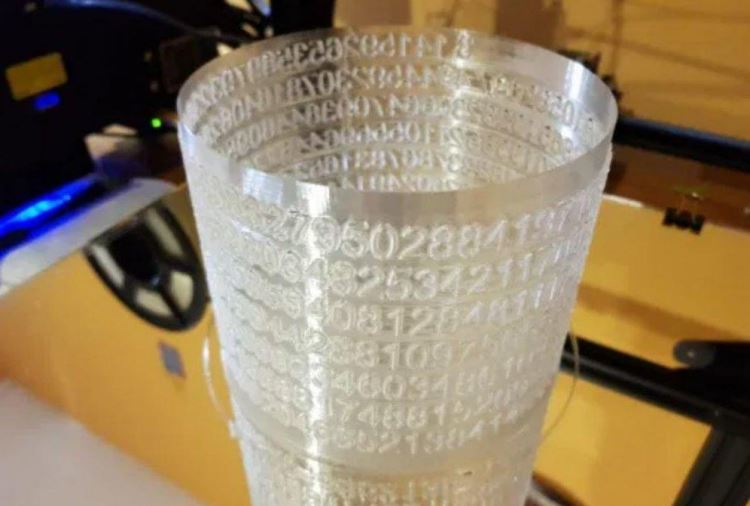
Transparent filaments of Sunlu are clog-free, bubble-free, and can be printed easily.
Price: $25/kg
| Property | Value |
|---|---|
| Diameter | 1.75 mm |
| Color | Clear |
| Level of transparency | Medium |
| Tolerance | +/- 0.02 mm |
FAQ On Transparent Infill
What is the best infill percentage for transparent filament?
The best infill percentage for transparent filament is either 5% or 100%, this way we can keep the refraction of light to the minimum and increase the transparency of the 3D print.
What is the best Infill pattern for transparent filament?
The best infill pattern depends upon the angle from which the 3D printed object is to be seen, but as a general, you can go with a triangular 2D infill.
Which is the best filament for transparent 3D printing?
The Soultech’s ST175CLPLA is currently a good option if you are starting in transparent 3D printing as it is budget-friendly and you can do some experimenting with it.
Conclusion
We hope that our post on “Best Infill For Transparent Filament | Infill Settings & Types” has helped you in getting a better understanding of infills used in transparent 3D prints. In case of any doubt please ask in the comment box given below.
Thank You.



